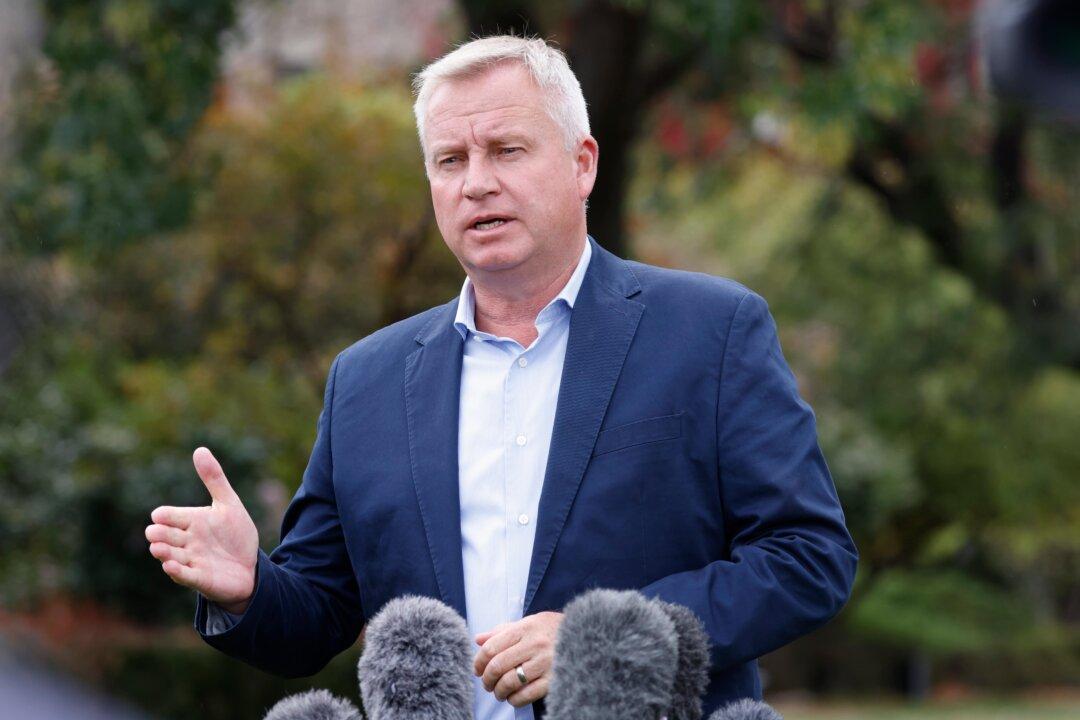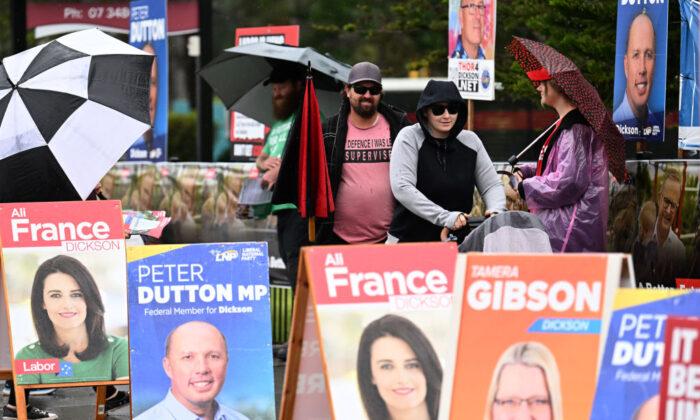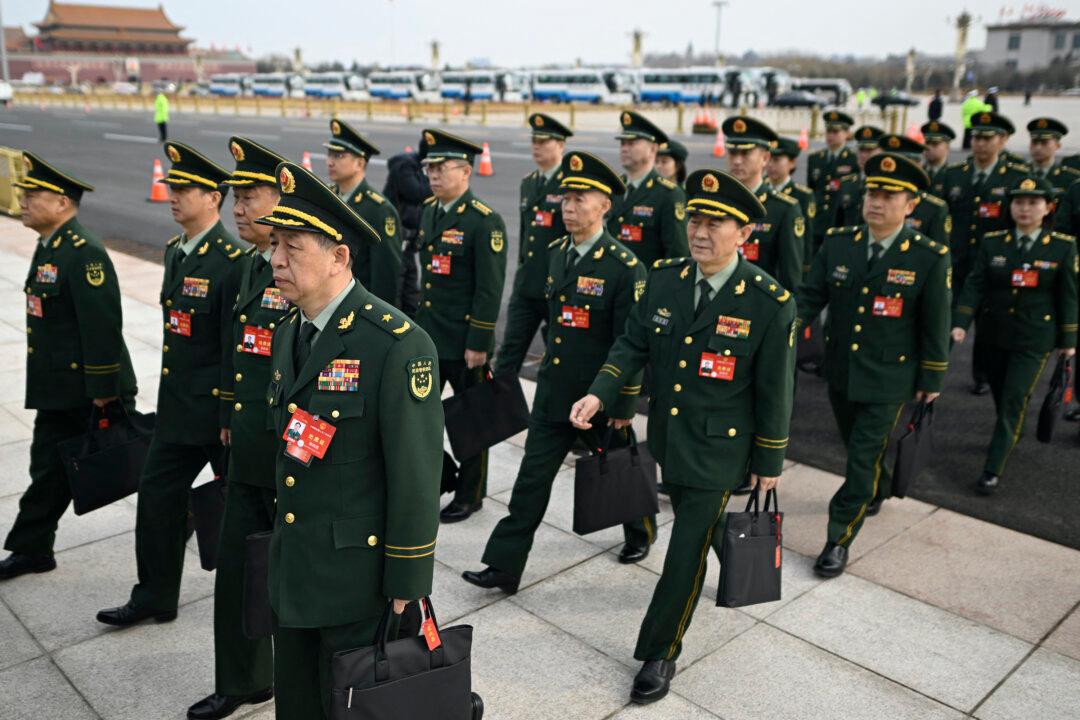What’s in a name?
It identifies individuals, geographic locations, and things.
Names are important to provide some order into our world and to understand our environment and social interactions.
Travelling to a certain destination requires a name for our friends to understand where we are going.
Is the person just leaving or moving to a particular place?
Changing names also brings with it consequences or expectations such as in a marriage or when a corporation re-invents itself.
Names are often given to a newborn to remember a relative or honour a contributor to society such as naming a park after Her Majesty the late Queen Elizabeth II.

And here in Australia, there is a discussion currently taking place about dual naming famous and important landmarks and geographic areas with English and Aboriginal names.
Is it virtue signalling pure and simple, or is it showing respect?
St. Petersburg became Stalingrad. Saigon became Ho Chi Minh City and so the examples abound.
German-named towns in Australia were discreetly renamed during the first part of the 1900s.
The then isolated rural Bismark Town became Collinsvale in the northern hilly outskirts of Hobart in Tasmania. Such was the feeling about a certain Kaiser.
Fast forward to 2032 and it appears that Queensland Premier Annastacia Palaszczuk wants to rename her capital city of Brisbane in time for the Olympic Games with an Aboriginal name, while the FIFA Women’s World Cup adopts the dual-naming convention as part of its branding.
The vexed question of renaming creates sores and lifts scabs off others. Should the proud German settlers of Bismark Town be allowed to restore the name of their choosing? While Stalingrad has reverted to its former name of St. Petersburg.
Further, should some towns be dual-named when they were settled two hundred years ago by colonists and have little Indigenous heritage?
While it is not difficult to imagine Indigenous peoples had a name for an icon like Ayres Rock—Uluru. What is more difficult to understand is how the local Aborigines had a name for a then-non-existent city like Brisbane?
Dual naming has become a virtue signalling fest with little relevance or appropriateness attached.
It also appears that some names are being made up and developed in air-conditioned offices by activists which festers resentment not only with other Australians but also within Aboriginal communities themselves.
All the while the real issues Indigenous communities face remain unaddressed, despite the $39 billion in federal funding annually.
It was also notable that during the height of Native Title land actions, it was not uncommon to have numerous competing claims over desert wastelands which happened to also have rich mineral deposits, while similar terrain with no mineral deposits would usually have one or few claims.
The veracity of such claims was rightfully brought into question as were the motives. The enmities between Aboriginal tribes dating back many generations regrettably came to the fore on some occasions.
Which begs the question, who has naming rights?
Modern Australia was an unknown concept to the 250-plus Aboriginal communities of the continent.
Right or wrong it is a settler creation. The past cannot be changed. But we can build a better future for all Australians.
One suspects this was in the mind of our forebears who deliberately named the then-soon-to-be-created national capital “Canberra” which was the local Aboriginal word for “meeting place”—its current Indigenous name is “Ngambri.”
The name “Canberra” was announced over one hundred years ago when naming did not cause societal friction and the well-paid activists were not present.
In Tasmania, most of the hydroelectric power stations have Aboriginal names which were allocated well before dual naming became a thing.
Should these power stations be similarly dual-named to show respect and acknowledgement to the migrant workers who built them or the engineers who designed them? Should Canberra be dual-named with recognition of the settler contribution to our world-leading democracy?
The aggressiveness with which the dual naming is being forced onto the community is in fact, counter-productive to any goal of “unifying” our Australian community.
Chopping someone off at the knees doesn’t make the other person any taller. A rose by any other name smells just as sweet.
So let’s keep calling the flowers and gems of Australia by their accepted and used names unless there is an overwhelming need to change. Any sole overwhelming need for changing names already has a label, and that is “virtue signalling.”







